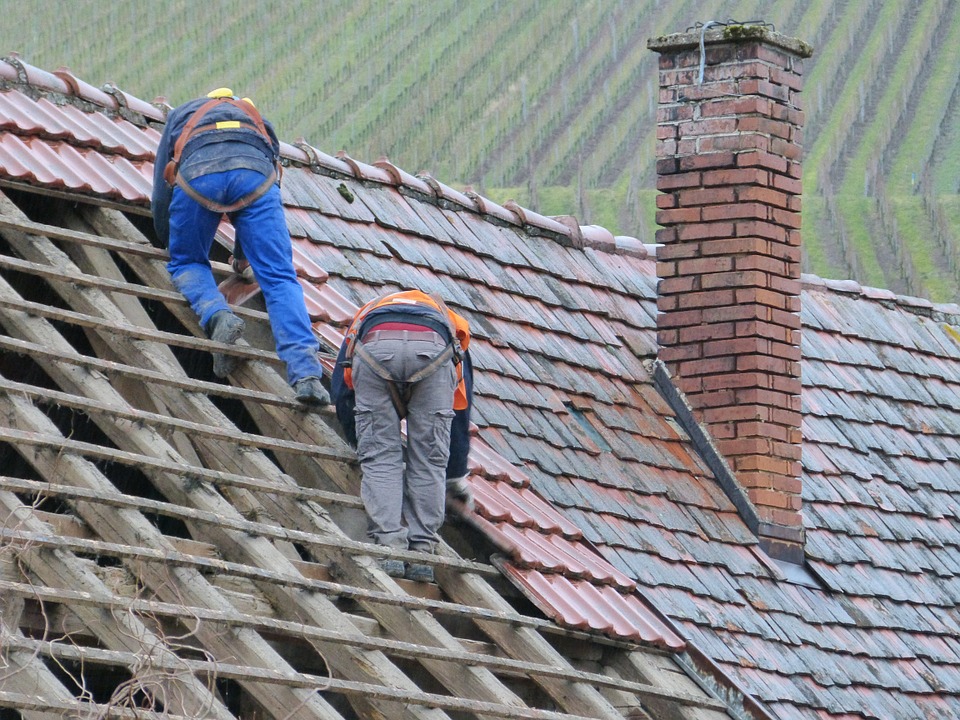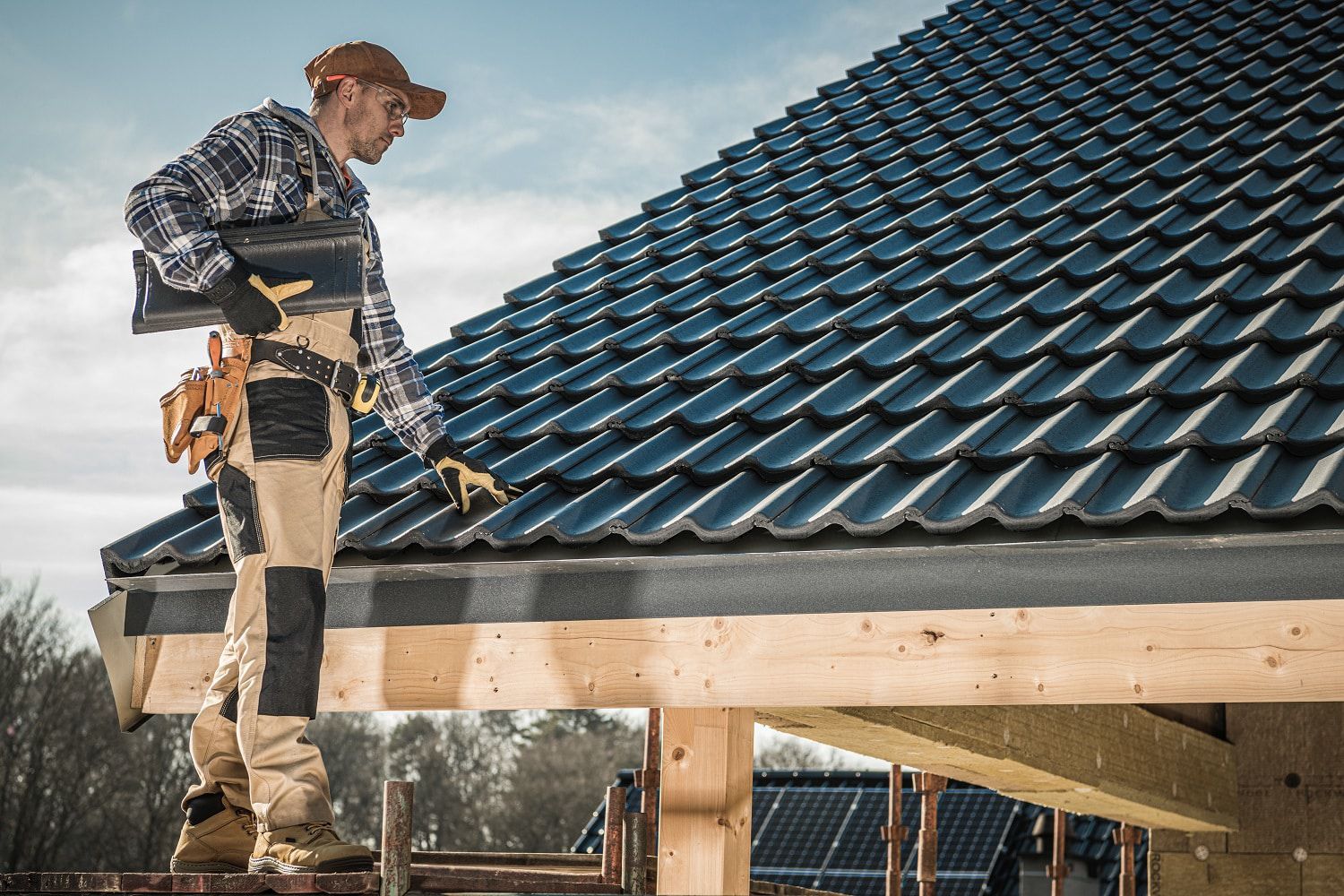Get affordable materials and craftsmanship from a recommended Toledo Roofer.
Get affordable materials and craftsmanship from a recommended Toledo Roofer.
Blog Article
How to Evaluate Various Roof Covering Alternatives for Your Structure Demands
Assessing roofing options for your structure calls for an extensive method that considers various aspects such as the meant use the structure, regional climate conditions, and material features. It is vital to weigh the advantages and disadvantages of various roofing kinds, from asphalt tiles to steel and clay tiles, while additionally factoring in initial costs and long-lasting maintenance. Additionally, understanding power performance and visual appeal can influence your decision. As you contemplate these factors to consider, one inquiry stays: which factors will inevitably guide your selection for a sustainable and visually pleasing roof remedy?
Examining Your Structure's Demands
To successfully review roof covering options, start by extensively assessing your building's demands. Beginning by taking into consideration the building's meant usage, as different frameworks might necessitate differing roofing requirements. Residential roofings usually focus on visual appeals and insulation, while business structures might concentrate on sturdiness and load-bearing ability.
Next, assess the local environment problems that will certainly impact roof covering efficiency. Factors such as temperature level variations, rainfall levels, and wind patterns can affect material selection and design. A roof that masters a warm climate may not execute as well in locations susceptible to hefty snowfall or severe heat.
In addition, examine the architectural integrity of your structure. Make sure that the existing framework can sustain the chosen roof materials, especially if thinking about larger options. It is likewise important to examine any kind of regional building regulations or guidelines that might determine particular requirements for roof.

Comparing Roof Covering Materials
As soon as a thorough evaluation of your building's needs has been finished, the following step entails comparing different roof covering materials. Each product offers distinct benefits and downsides, making it vital to align your choice with your certain demands and scenarios.
Asphalt roof shingles are widely acknowledged for their price and convenience of installation, making them a popular option for residential structures. On the various other hand, steel roof, known for its toughness and longevity, can endure extreme weather condition conditions but might include a greater initial financial investment.
Clay and concrete floor tiles provide outstanding thermal insulation and aesthetic allure, particularly for Mediterranean-style style, yet they require a more durable architectural support because of their weight. Wood trembles deal a natural look and excellent insulation properties yet may demand extra maintenance and are vulnerable to fire risks.
Evaluating Expense and Budget
Evaluating your roofing choices demands a cautious analysis of cost and spending plan factors to consider. The general spending plan for a roofing task comprises a number of elements, including product prices, labor expenditures, maintenance, and possible lasting financial savings. It is important to develop a clear budget prior to exploring particular roof products, as this will direct the decision-making process and assist you stay clear of overspending.
Begin by getting quotes from numerous contractors to understand labor prices in your area. Ensure that these quotes include all required web link services, such as removal of the old roofing system, setup, and any type of additional functions, like insulation or air flow enhancements - Sylvania Roofing Contractor. Next off, examine the expense of numerous roof covering products, taking into account both preliminary installation costs and anticipated life expectancy

Understanding Energy Performance
Energy efficiency plays a crucial duty in the selection of roof materials and systems, dramatically affecting both power usage and overall comfort within a structure. A well-chosen roofing can improve thermal efficiency, reducing the demand for home heating and cooling down systems, which consequently reduces power costs page and lessens ecological influence.
When evaluating roofing choices, take into consideration materials that mirror rather than soak up warm. In addition, proper insulation and air flow are crucial to optimize the energy efficiency of the whole roofing system.
An additional vital element is the roof system's longevity and upkeep requirements. Resilient products that need less constant replacement add to lasting power cost savings. Additionally, the energy effectiveness of a roof can additionally be analyzed through its conformity with well-known sustainability scores such as power STAR or LEED.
Taking Into Consideration Visual Charm
A roof covering's aesthetic allure substantially influences the overall look of a building, complementing its building design and boosting aesthetic charm. Perrysburg Roofer. When reviewing roof covering choices, it is necessary to think about how the picked material, color, and design will harmonize with the existing structure and community. A well-designed roof covering can raise also the simplest of buildings, changing them into aesthetic focal points
Different roofing materials use numerous visual high qualities. Standard tiles may evoke a traditional appeal, while metal roof covering can give a modern-day, smooth appearance. Additionally, the color of the roof product plays an important function; lighter tones can make a structure appear even more large, while darker tones might create a cozier atmosphere.
In addition, architectural aspects, such as dormers and eaves, can improve the roofing system's visual effect. It is suggested to talk to expert developers or engineers to make sure the picked roof option aligns with the total layout intent. Inevitably, a roofing system ought to not only provide practical benefits but additionally add positively to the structure's visual, mirroring the proprietor's preference and the personality of the surrounding atmosphere.
Conclusion

Report this page